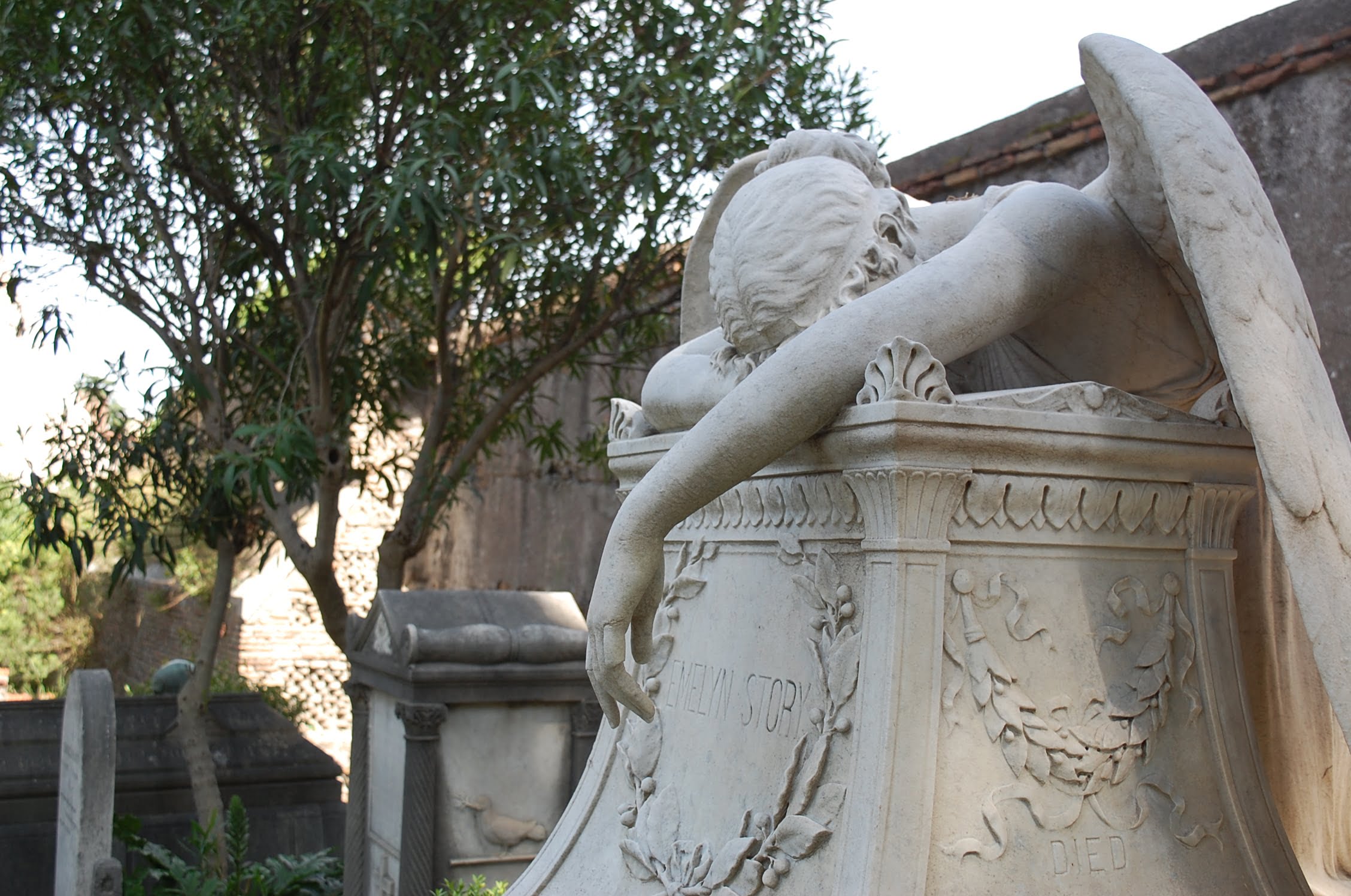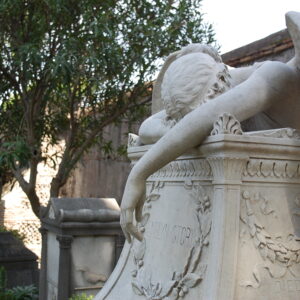DAY 1: on the footsteps of the Grand Tour in Rome
This original full-day tour will plunge you into the romantic atmosphere of Rome between XVIII and XIX centuries, when artists, musicians and men of letters were influenced by its art and ruins and lived there for some time during their GRAND TOUR. Among ateliers, picturesque streets, historic café and silent places, you will discover a City quite different from usual tourist itineraries but above all rich in charm and history
You will meet your licensed tour guide in Rome in order to follow the footsteps of some young European men (poets, artists and historians in particular) who were taking their so-called “Grand Tour”.
It was XVIII-XIX-century custom of a traditional trip of Europe, undertaken by upper-class people, who wanted to know the politics, culture, art and antiquities of the countries they had selected.
Italy, with its huge heritage, became one of the most popular places to visit and the highlights was of course Rome. During your tour you will not discover the monuments considered as compulsory stops (the Colosseum and some other ancient monuments of the Imperial Age, the works of the Renaissance, such as Sistine Chapel), but you will keep in contact with the way of life those foreign people had in Italy. You will visit Keats and Shelley’s House, nowadays a museum dedicated to the English Romantic poets, who were spellbound by the Eternal City. Situated at the foot of the Spanish Steps, on the right, the collection contains lots of treasures and curiosities associated with the lives and works of the two Romantic poets, as well as one of the finest libraries of the Romantic Literature in the world; now numbering more than 8,000 volumes.
Then you will visit the rooms where the German writer and poet Johann Wolfgang von Goethe stayed during his journey through Italy with the painter Johann Heinrich Wilhelm Tischbein and other German artists. During your pleasant wal, you will discover Via Margutta, the narrow and picturesque street well- known because it housed some fine handicraft shops, workshops and stables (unfortunately very few of them are still there). Owing to that flourishing business, a lot of artists (some of them were Flemish and German, others came from different Italian regions) lived there and contributed to its history so that it became an art hub.There were also some studies where composers such as Debussy, Liszt and Wagner wrote their music. During your tour a gastronomical stop will be included at a historical tea-room, which was opened by two foreign young women in 1893 and provided the flourishing English community with a place where to have a cup of tea – till then we could have tea only at the chemists’ – and to read a newspaper.
Time at your leisure for individual lunch close to either Via del Babuino or Via Condotti, famous for fashion brands shops and Cafè Greco, the oldest coffee-house in Rome, which, in the second half of XVIII century, became the meeting place for foreign artists, writers and poets such as Byron, Shelley, Stendhal, Chateaubriand, Gogol, Mendelssohn and Berlioz.
In the afternoon transfer to the Non-Catholic Cemetery by private car/minivan. It is often referred to as the Protestant Cemetery or the English people’s Cemetery, situated in the Testaccio area, close to the Tevere River. The place was chosen by the first foreign visitors of the so-called Grand Tour because it was once one of the main stops of the tour for Cestius’s Pyramid, a small-scale Egyptian-style pyramid built in 30 B.C.as a tomb and later incorporated into the section of the Aurelian Walls. Probably the burial ground contains the highest density of famous and important graves anywhere in the world. It is the final resting-place of: Shelley and Keats, a lot of painters, sculptors, authors, scholars and several diplomats as well as Goethe’s only son.
Back to Rome by private car/minivan.
DAY 2: a soft trekking activity with a picnic in Villa Gregoriana
An easy trekking and a tasty picnic based on local products through woods, paths, ancient vestiges, natural caves and a spectacular waterfall not far from Rome in a park wished for by Pope Gregory XVI in the first half of XIX century
You will meet your private driver in Rome. Transfer to the nearby municipality of Tivoli by private car/minivan. Meeting with a private tour guide at Villa Gregoriana, for an original archeological soft trekking through its natural and artistic landmarks.
Its name was taken from the Pope Gregory XVI, who, in 1832, promoted an impressive work of hydraulic engineering to embank the continuous floods of the Aniene River. He decided to canalize its waters into a double tunnel dug inside Mount Catillo and then, after swelling them artificially, to make them rise to the 120-meter jump of the new Great Rainfall, the highest in Italy after the Marmore waterfalls.
After that the work was completed, the Pope planned a romantic Park, which became the destination of artists, writers and scholars who spread its beauty all over the world.
During that pleasant walk, you will discover the gorge, inhabited since Roman times, and you will be enchanted by the remains of the sumptuous Villa Manlio Vopisco as well as by the two temples dedicated to Tiburno and Sibilla, overlooking the depth of the Aniene River.
At the end of your trekking, you will enjoy a pleasant and shabby-chic style picnic in a relaxing area. Your basket will include several elegant portions in glass pots and beverages.
Back to Rome by private car/minivan.
BOOK NOW YOUR PRIVATE EXPERIENCE!



































